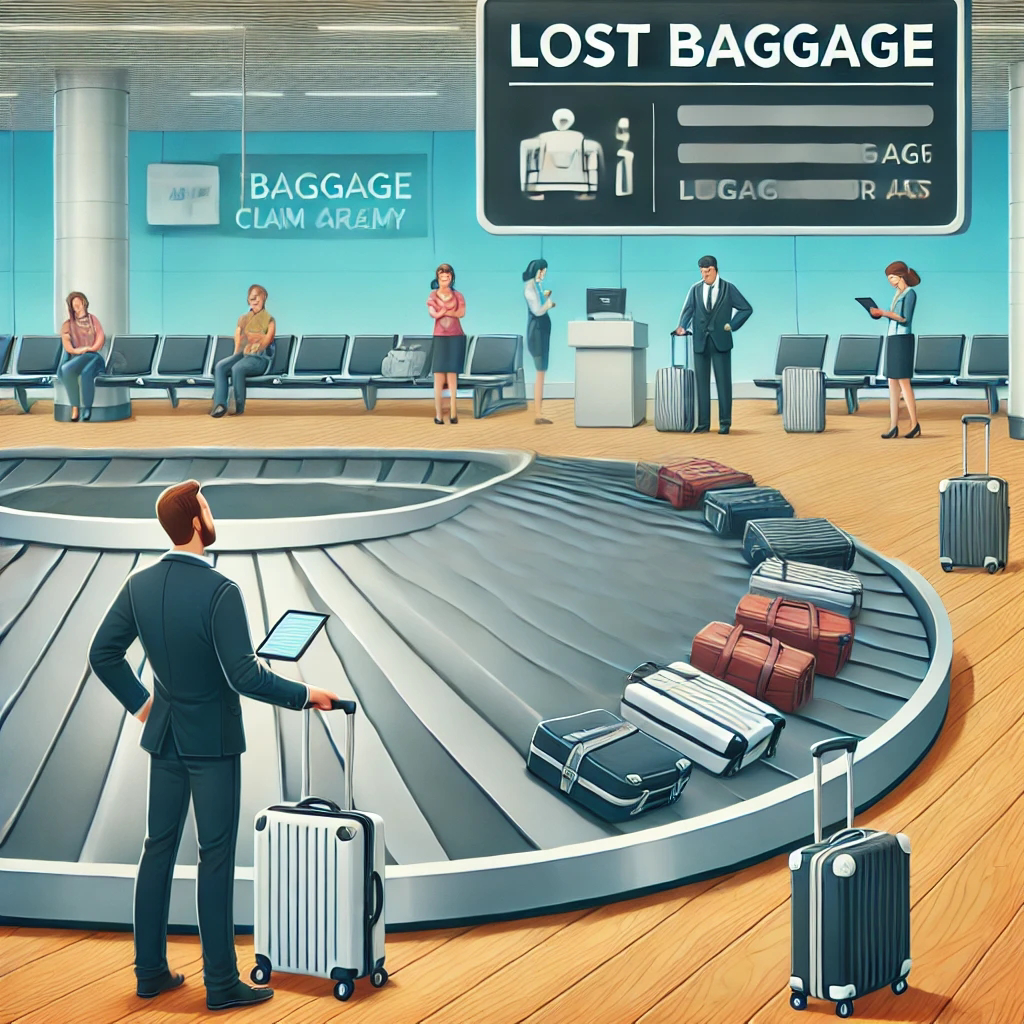How Airlines Price Tickets: The Science Behind Flight Fares
Ever wondered why flight prices fluctuate so much? One moment, a ticket is affordable; the next, it’s skyrocketing. Airlines use complex pricing strategies to maximize profits while keeping seats filled. This article will break down the factors influencing ticket prices and help you understand how airlines set their fares.
1. The Role of Supply and Demand
Just like any other business, airlines price their tickets based on supply and demand. If a route is in high demand, prices go up. For example, flights during holidays or peak seasons (like summer vacations) are usually more expensive than off-season flights.
2. The Booking Window: When You Buy Matters
Timing is crucial when booking a flight. Airlines use algorithms to adjust prices based on when people are likely to book. Generally:
Booking too early (6+ months ahead) – Prices may be higher because airlines anticipate demand.
Booking at the last minute – Prices may also be high as airlines take advantage of urgent travelers.
Booking 1-3 months in advance – Often the best time to find a good deal.
3. Airline Pricing Classes
Airlines divide seats into different pricing categories, even within economy class. A single flight may have multiple fare categories, such as:
Basic Economy (cheapest, limited flexibility)
Standard Economy
Premium Economy
Business and First Class
When cheaper fare categories sell out, only higher-priced tickets remain.
4. Competition Between Airlines
On routes with multiple airlines competing, prices tend to be lower. However, if an airline dominates a particular route, it can set higher prices due to less competition.
5. Operating Costs and Fuel Prices
Fuel is one of the biggest expenses for airlines. When fuel prices rise, ticket prices often increase to cover costs. Similarly, maintenance, employee wages, airport fees, and aircraft leases all affect ticket pricing.
6. The Impact of Travel Seasons and Days of the Week
Flying on Tuesdays, Wednesdays, and Saturdays is often cheaper than flying on Fridays and Sundays.
Peak seasons (Christmas, summer, major holidays) have the highest prices.
Low seasons (fall and spring, excluding holidays) offer the best deals.
7. The Power of Dynamic Pricing and AI
Modern airlines use artificial intelligence and data analysis to adjust prices in real time. If many people search for a flight but don’t book immediately, the airline may increase the price, assuming demand is rising.
How to Save Money on Flights
Book in advance (but not too early or too late).
Use fare comparison websites and set price alerts.
Be flexible with travel dates and airports.
Consider budget airlines for short-haul trips.
Flight pricing is a complex system influenced by multiple factors, from demand to AI-driven algorithms. Understanding these factors can help travelers make informed decisions and get the best deals on airfare.



Comments
Post a Comment